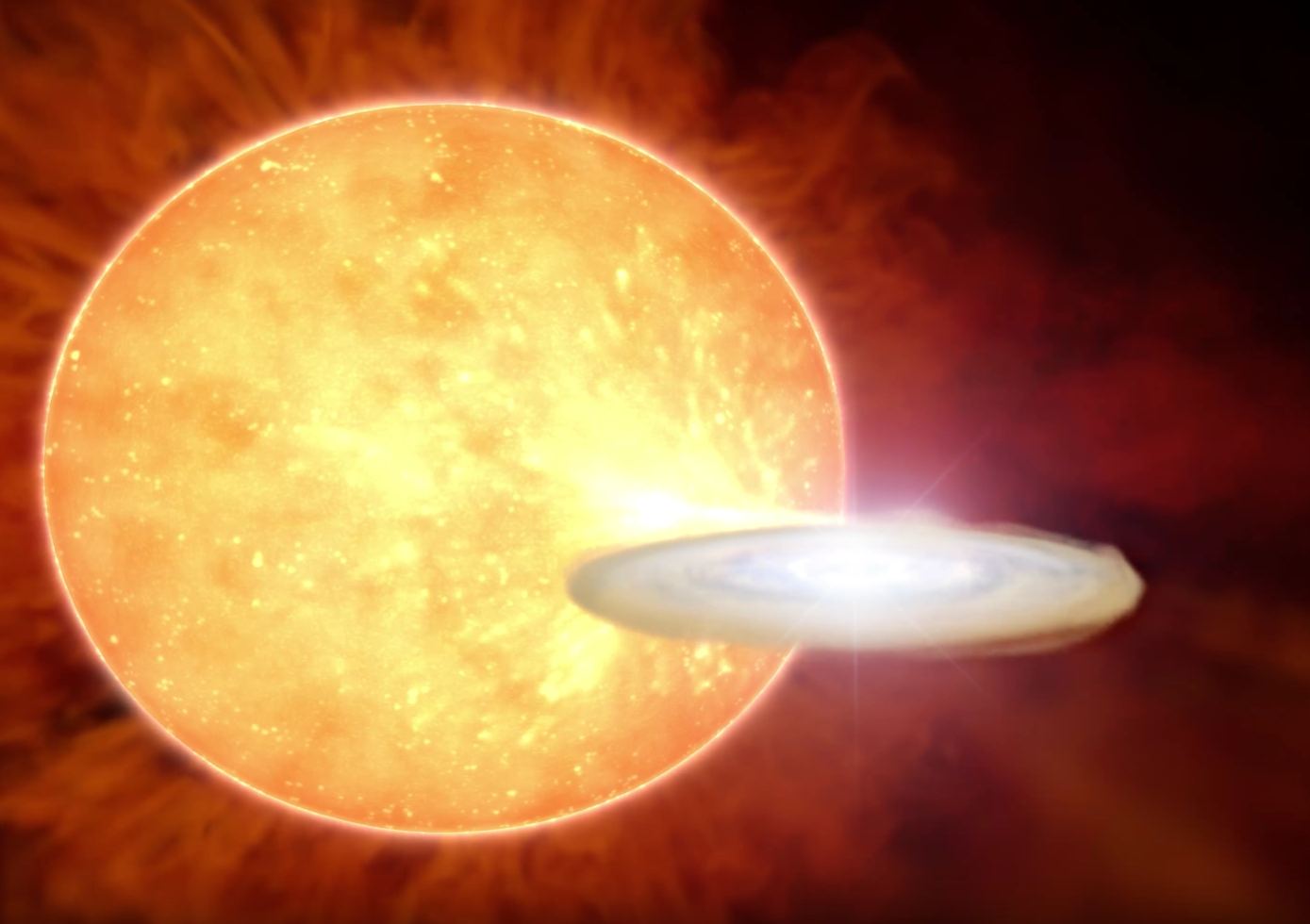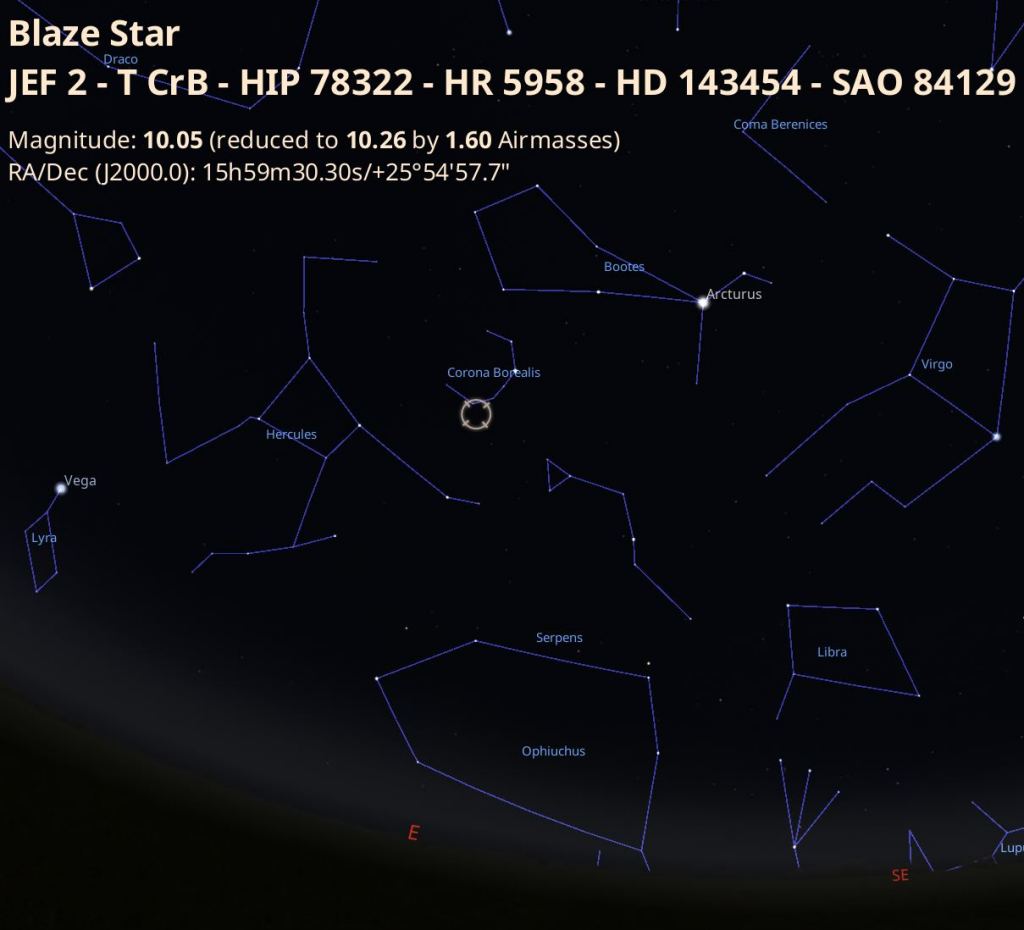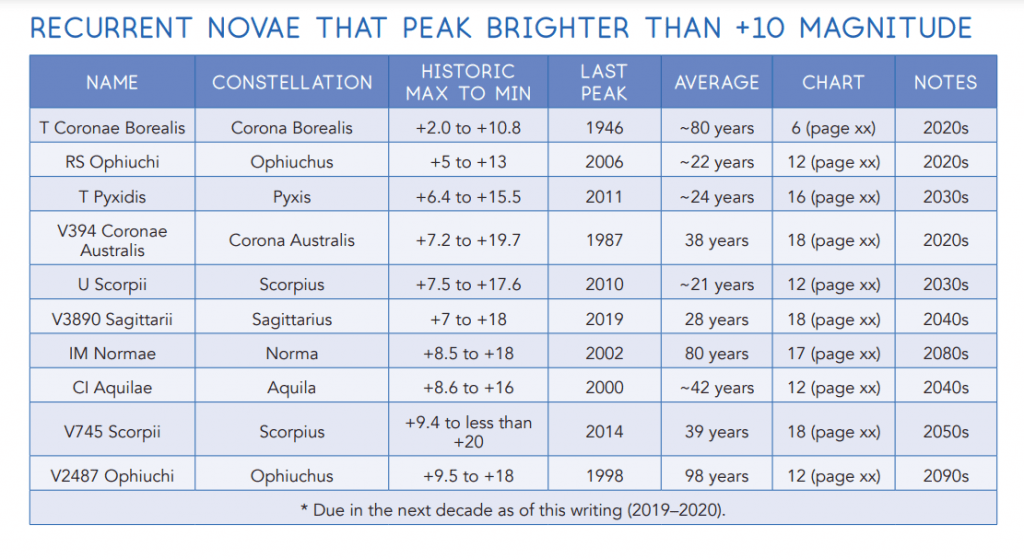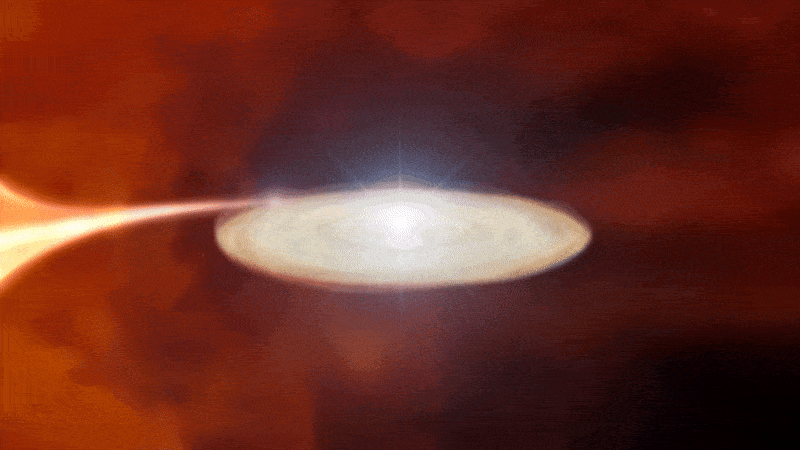*Late is better than never for the ‘Blaze Star’ T Coronae Borealis*.
It was on track to be the top astronomical event for 2024 … and here we are in 2025, still waiting. You might remember around this time last year, when a notice went out that T Coronae Borealis ('T CrB') might brighten into naked eye visibility. Well, the bad news is, the 'Flare Star' is officially late to the celestial sky show… but the good news is, recent research definitely shows us that something is definitely afoot.
The outburst occurs once every 80 years. First noticed by astronomer John Birmingham in 1866, T Coronae Borealis last brightened in February 1946. That's 80 years ago, this month. Located about 2,000 light-years distant on the Hercules/Corona Borealis/Serpens Caput constellation junction border, the star spends most of its time below +10thmagnitude. Typically during outburst, the star flares and tops out at +2ndmagnitude, rivaling the lucida of its host constellation, Alpha Coronae Borealis (Alphecca).
Finding T Corona Borealis in the Sky
We're fortunate that T CrB currently rises in the east around local midnight. T CrB then rides high in the pre-dawn sky. Late November would be the worst time for the nova to pop, when the Sun lies between us and the star. The situation only improves as early 2025 goes on, and the region moves into the evening sky.
The coordinates for T CrB are:
Declination: +25 degrees, 54' 58"
Right Ascension: 15 Hours 59' 30"
Rare Recurrent Novae
T CrB and other recurrent novae are typically part of a two-star system, with a cool red giant star dumping material on a hot white dwarf companion. This accretion builds up to a runaway flash point, and a nova occurs.
Two recent notices caught our eye concerning T Coronae Borealis: one titled T CrB on the Verge of an Outburst: H-Alpha Profile Evolution and Accretion Activity* and A Sudden Increase of the Accretion Rate of T Coronae Borealis*. Both hint that we may soon see some action from the latent flare star.
"My spectral analysis showed a considerable change in the strength of the H-alpha line profile, which could be considered an indicator of the possible eruption of T CrB in the near future. This change posibly resulted from a significant increase in the temperature and accretion rate," Gesesew Reta (S.N. Bose National Centre for Basic Sciences) told *Universe Today*. "However, this cannot serve as definitive confirmation of the expected eruption. Novae are inherently unpredictable, and a more detailed analysis, considering broader parameters, is needed for a more accurate prediction."
What to expect in 2025
First, I would manage expectations somewhat; while +2ndmagnitude is bright enough to see with the naked eye, it's not set to be the "Brightest Star…. Ever!" as touted around the web. We get naked eye galactic novae every decade or so, though recurrent novae are a rarity, with only about half a dozen known examples.
Certainly, the familiar ring-shaped northern crown asterism of Corona Borealis will look different for a few weeks, with a new rival star. Certainly, modern astrophysicists and astronomers won't pass up the chance to study the phenomenon… I would fully expect assets including JWST and Hubble to study the star.
Variable Star Resources
The American Association of Variable Star Observers (AAVSO) also posted a recent article on current prospects for T CrB… another good quick look for the brightness of flare star is Space Weather, which posts a daily tracker for its magnitude.
Or you could simply step outside every clear March morning, and look up at Corona Borealis with your 'Mark-1 eyeballs' and see if anything is amiss. Hey, you might be the very first one to catch the 'new star' adorning the Northern Crown, during its current once-in-a-lifetime apparition.
 Universe Today
Universe Today




